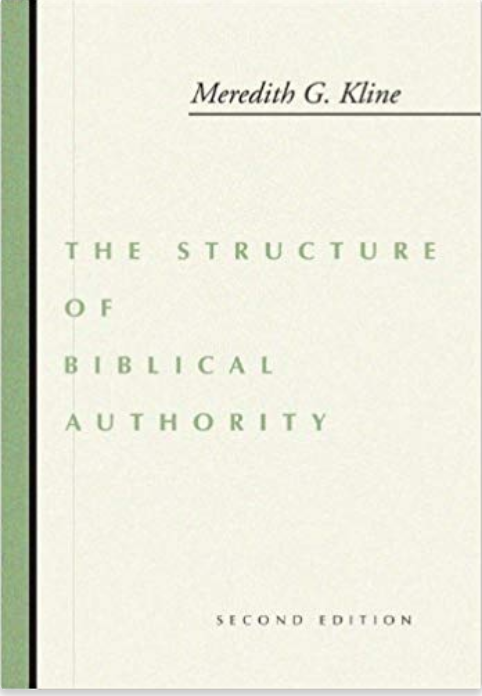The Structure of Biblical Authority
As a Christian, I am forever trying to make sense of the entire storyline of the Bible. The problem is that it seems there are too many important people and endless stories. After God created Adam, his offspring became large through the various patriarchs.

It reads as if there was a whole world order that lasted a long time before the worldwide flood in Genesis 6. After that, God called Abraham to be the father of God’s unique nation of Israel through the Abrahamic covenant in Genesis 12. About 430 years later, God instituted the Mosaic covenant with Moses and Israel.
The Bible takes many paths and turns as Moses mediated, guided and led Israel to God’s promised land. After reading the entire Old Testament, the average Christian’s head is spinning, trying to make sense of this covenantal life of Israel.
The New Testament begins with another bang, a seemingly different genre, that introduces yet another very important person in the history of Israel, Jesus Christ. He is introduced as the long awaited Messiah of the Old Covenant.
His story is recorded in four various versions known as the gospels. His name alone, Jesus Christ, drags the entire bank of Old Testament prophecies and types of the Old Testament front and center in the New Testament.
After Christ’s life, death, resurrection, and ascension, the New Testament concludes with many additional historical stories and instructions of those who believed in the risen Christ.
It is the Old and New Testament that together combine to complete and unify the seemingly complex yet progressive storyline that culminates with Christ reigning in the New Jerusalem over all the children of God.
Now, back to the beginning of this article, how do we make sense of it all? Does the Bible offer any helpful guidelines that a person may be able to use to correctly understand the proper interpretation of it?
This reader has identified a book that helps to shed light on this endeavor.
Meredith G. Kline wrote it. It’s called the The Structure of Biblical Authority. He addresses this topic and embraces the amazing continuity of God’s redemptive program in the entire Bible while also highlighting the discontinuities between the Old and New Covenants.
In Chapter 2, Kline explains the cohesive structural format of both the Old and New Covenants. In the Old Testament, he correctly explains what God intended with “covenantal life” through the giving of the Abrahamic and Mosaic covenants.
He details the various kinds of literature in the Bible: history, law, prophecy, praise, and wisdom.
In the New Testament, the New Covenant is the focus and purpose. Kline points out that the gospels themselves are structured and modeled after the book of Exodus, which like the gospels has a preamble, historical prologue, law, stipulations and sanctions.
Therefore, their similarities in structure help the reader to identify what is happening. The Old Covenant is being renewed with a better covenant (i.e., the New Covenant).
Therefore, Christ becomes the ultimate and final sacrifice (He is the better mediator of the better New Covenant) needed for a ratified New Covenant. God’s people find perfect rest in their renewed covenantal life.
Anyone reading Kline’s book will see how the canon is a complete and cohesive story that explains the very purpose of God in Christ. He is presented and believed in through both the Old and New Testaments.
The Bible is not a book of random and unrelated principles or stories for moral living, but rather a redemptive story through two main covenants where Jesus Christ becomes the final and perfect mediator of the New Covenant.
More in Monthly Newsletter
May 1, 2024
The Christian Ethic of Joy and SufferingMay 1, 2024
Elders ReportMay 1, 2024
Deacons Report